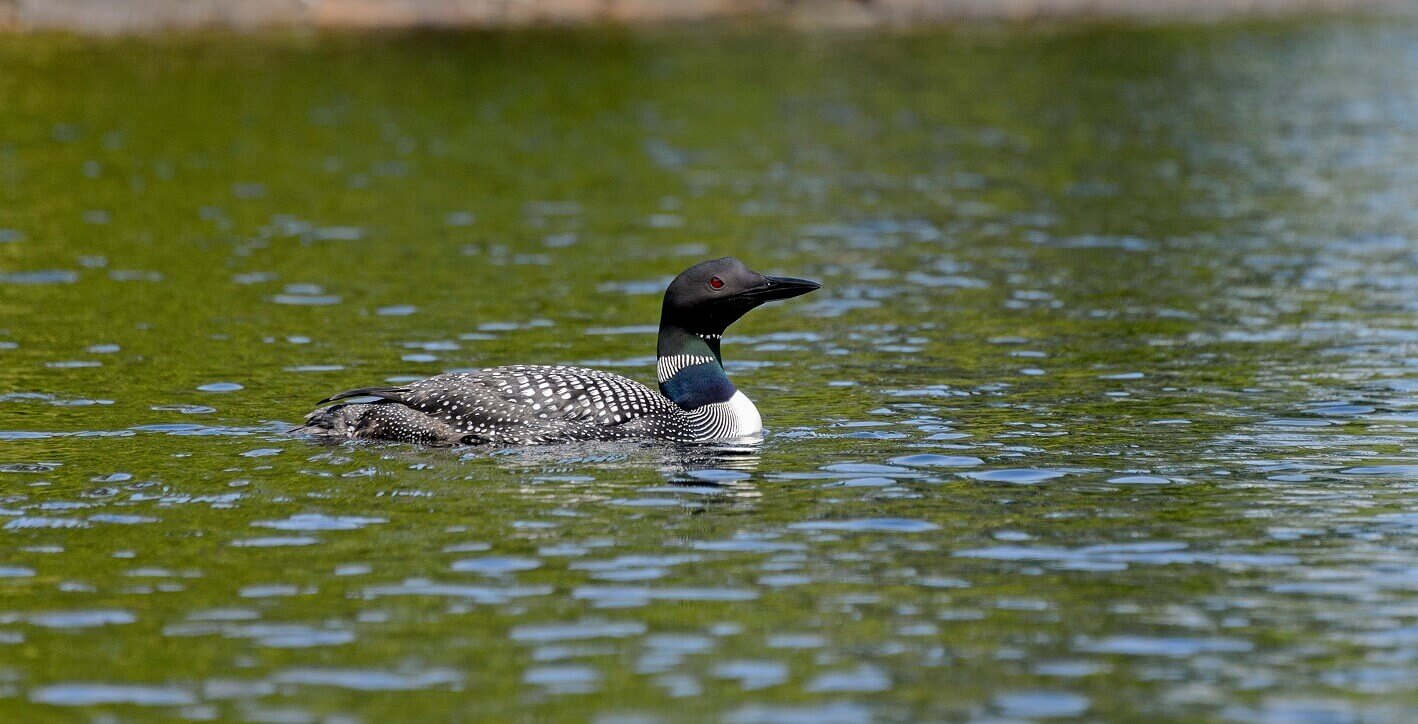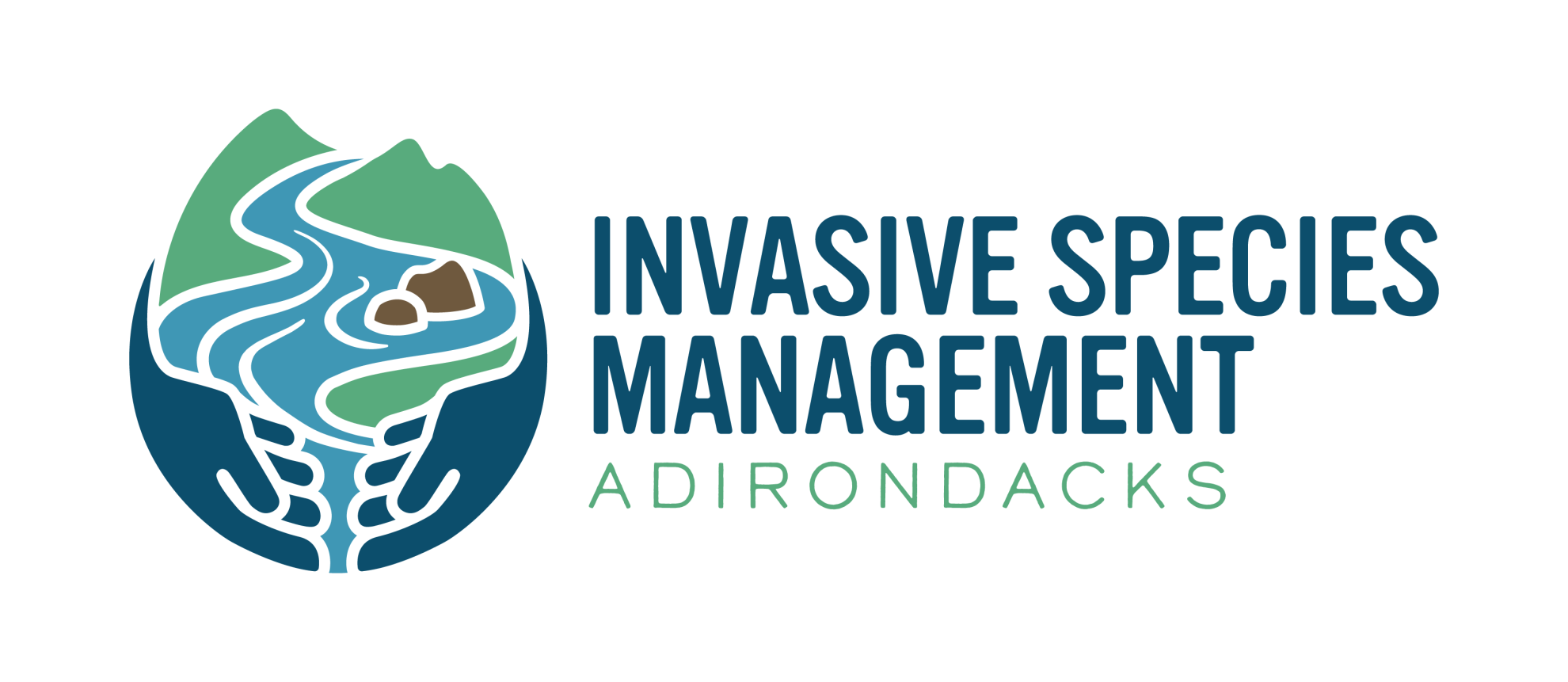Protect Water Quality: Help Search for Aquatic Invasive Species

Protect Water Quality: Help Search for Aquatic Invasive Species
Keene Valley, NY (May 22, 2014) – The Adirondack Park Invasive Plant Program (APIPP) will host its annual volunteer training sessions in aquatic invasive plant identification and survey techniques on June 24th at the Darrin Fresh Water Institute in Bolton Landing and June 26th at Paul Smith’s College. Sessions are from 10:00 a.m. – 2:00 p.m. and are free and open to the public, but space is limited. A RSVP is requested by June 13th to Hilary Smith at 518-576-2082 x 131 or hsmith@tnc.org. Boaters and paddlers, anglers, outdoor guides and shore-owners are encouraged to attend.
In a region as expansive as the Adirondacks, volunteers are essential to help protect waterways by surveying lakes and ponds to search for non-native invasive plants. Detecting infestations early can lead to removal when the chance of successful eradication is highest. Hundreds of citizens are needed to be on the look-out for aquatic invasive species infestations. To-date, nearly 700 citizens volunteered over 7,000 hours to survey 311 waterbodies. Their participation each year in APIPP’s early detection program, now in its thirteenth year, has established a baseline to better understand the distribution of infested and invasive-free waterways.
An opportunity exists in the Adirondacks to prevent the region-wide spread of aquatic invasive species. The number of invasive-free lakes that have been surveyed by volunteers is more than two times that of infested lakes. Organizations and communities take prescriptive prevention and management actions, such as having stewards at boat launches to inspect watercraft for attached plant fragments or starting control programs to remove invading plants.
At least 94 Adirondack lakes and ponds are infested with aquatic invasive plants, such as Eurasian watermilfoil and water chestnut, and aquatic invasive animals, such as spiny waterflea and Asian clam. Hydrilla, an aquatic invasive plant relatively new to New York but not yet detected in the Adirondacks, may be on the move this summer. Plant fragments are easily spread from lake to lake by “hitchhiking” on boats, gear and trailers. Fragments can start new infestations that clog waterways, degrade recreational opportunities and push out native plants.
The APIPP mission is to protect the Adirondack region from the negative impacts of invasive species. It is a partnership program among governmental and non-governmental organizations and communities that is housed by the Adirondack Chapter of The Nature Conservancy and funded through the NY Environmental Protection Fund. Learn more about APIPP online at its new website, www.adkinvasives.com.

